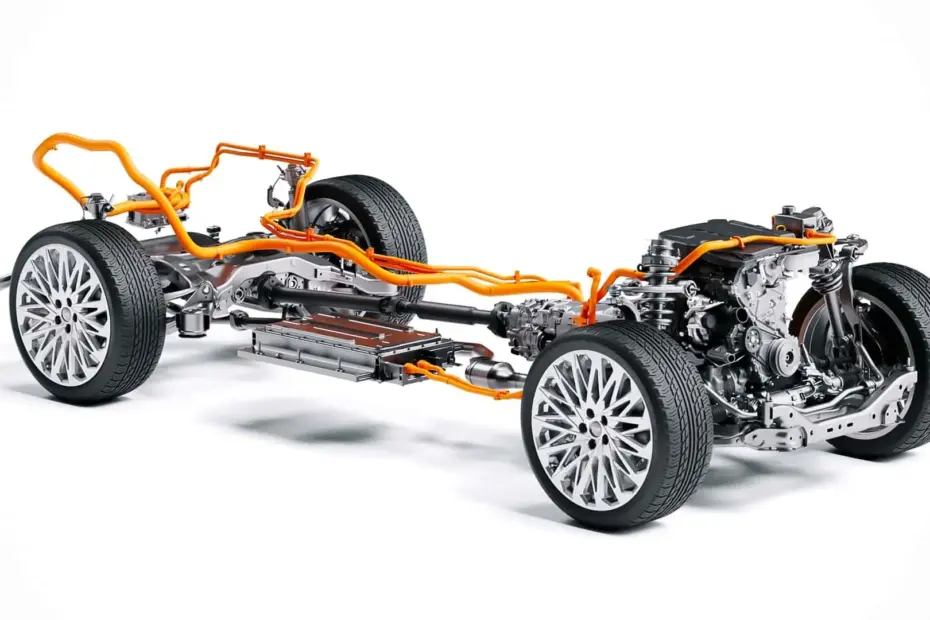Hello, car and technology enthusiasts! I have some exciting news straight from Seoul that’s set to shake up the electrified vehicle market. Hyundai Motor Group has just unveiled its next-generation hybrid system, and I must confess that the numbers and the technology involved have left me quite impressed. Let’s dive into the details of what they are calling a new standard in efficiency and performance.
What’s New in Hyundai’s Hybrid System?
During an event held on April 21, 2025, Hyundai detailed this new initiative. The grand debut will take place in the impressive Palisade SUV, which will feature a 2.5 Turbo Hybrid version with an astonishing 334 horsepower. The good news is that this technology won’t be limited to just this model; Hyundai plans to expand it across various models from the Hyundai, Kia, and Genesis brands.
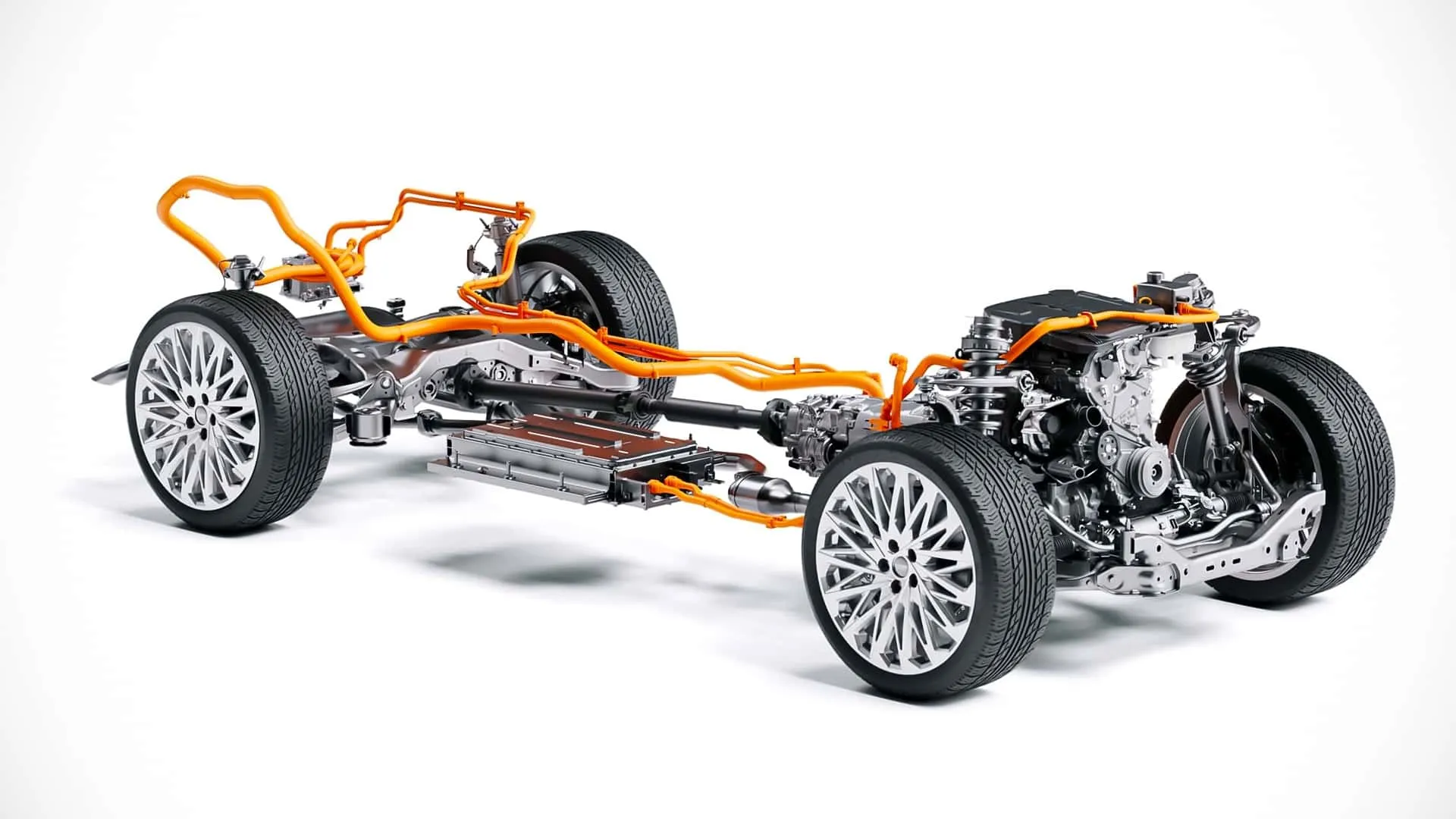
The heart of the system is a combination of a 2.5 turbo gasoline engine and two electric motors cleverly integrated into the transmission. According to Hyundai Motor Group, this configuration promises a remarkable leap: up to 45% more efficiency and 19% more power compared to traditional combustion engines of similar size. It’s a significant advancement!
Technical Details That Make a Difference
Let’s demystify the engineering behind this. The system employs two main electric motors: P1, which focuses on starting the combustion engine and energy regeneration (recovering energy during braking or deceleration), and P2, which directly contributes to propulsion, delivering torque to the wheels.
This dual electric motor architecture integrated into the transmission is key to quicker accelerator responses, nearly imperceptible gear shifts, and a significant reduction in noise and vibration. Modularity is another strong point: the system can be adapted to different combustion engines, such as the new 1.6 turbo hybrid, and applied across a wide range of vehicles, from compact cars to large SUVs and luxury Genesis models, with power outputs ranging from about 100 hp to over 300 hp.
Key Components of the New System
- Combustion Engine (e.g., 2.5 Turbo or 1.6 Turbo)
- Electric Motor P1 (Start/Regeneration)
- Electric Motor P2 (Propulsion)
- High-Voltage Battery
- Transmission with Integrated Motors
Smart Technologies Embedded
In addition to the refined mechanics, Hyundai has packed the system with technologies aimed at enhancing the user experience and daily efficiency. One that caught my attention is the “Stay Mode.” Imagine being able to keep the air conditioning or other systems running while the car is parked, without needing to keep the gasoline engine running? This is precisely what it does, using battery power.
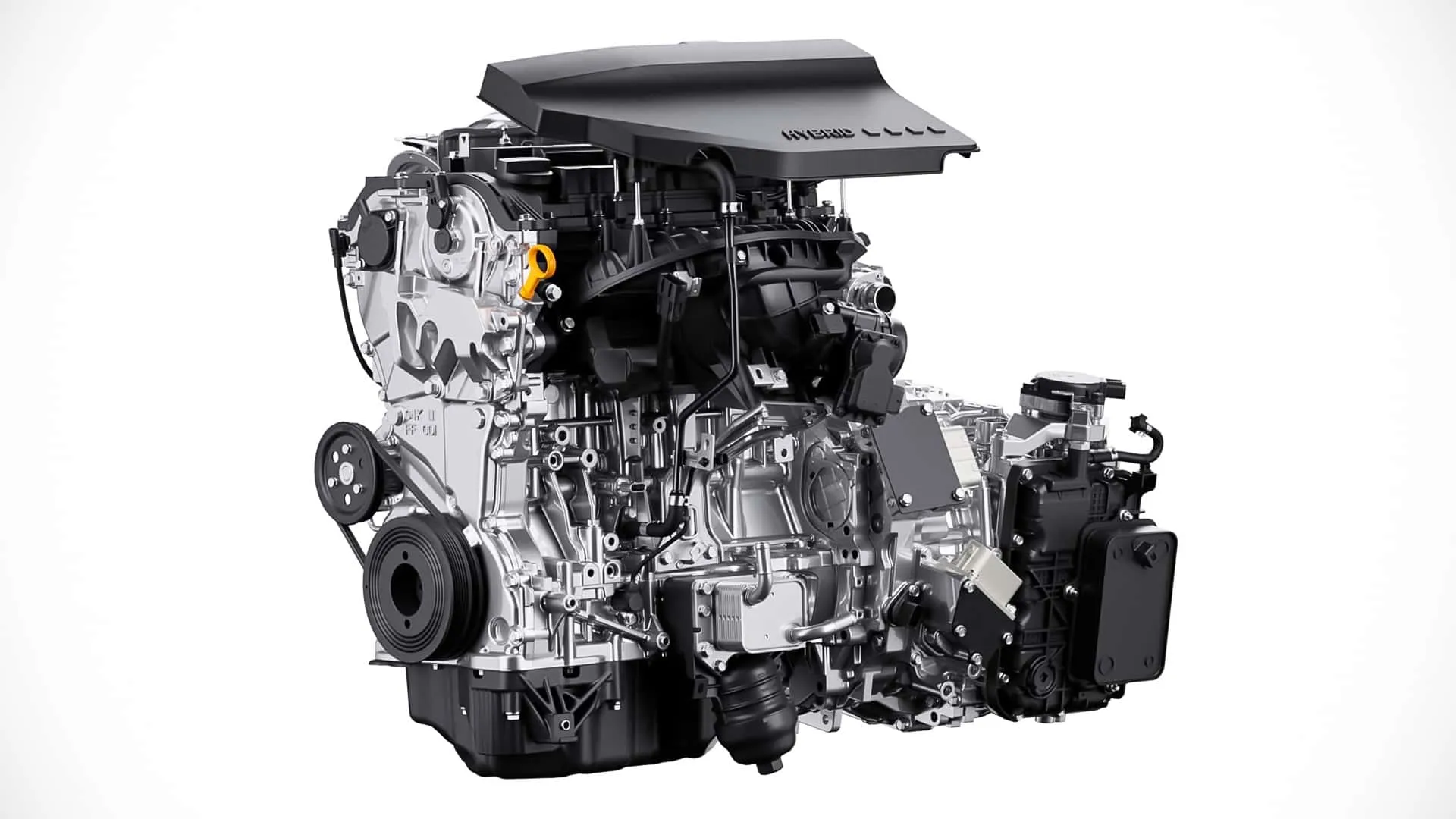
Another very interesting feature is Vehicle-to-Load (V2L). Have you ever thought about using your car as an external power source? With V2L, the system can deliver up to 3.6 kW of power, enough to power electronic devices, tools, or even assist in camping. Hyundai is already exploring this technology in its electric vehicles, and now it’s bringing it to hybrids.
To further optimize consumption, there’s the Hierarchical Predictive Control (HPC), which analyzes the route in the navigation system and automatically adjusts the driving mode (electric, hybrid) for maximum efficiency. Complementing this, the Intelligent Regenerative Braking adapts the intensity of energy recovery based on traffic conditions and the defined route.
Highlighted Technological Features
- Stay Mode: Comfort with the engine off
- V2L: Power for external devices
- HPC: Predictive route optimization
- Intelligent Regenerative Braking
Hyundai’s Hybrid Strategy and the Global Market
This significant investment in hybrids is not coincidental. Hyundai is clearly adjusting its strategy in light of the acceptance of fully electric vehicles (BEVs), which, although increasing, appears to be slowing down in some key markets. The brand aims to double its hybrid lineup globally, reaching 14 models by 2028.
The projected sales figures reflect this ambition. In North America, the expectation is to jump from 170,000 hybrids sold in 2024 to an impressive 690,000 by 2028. In Europe, the plan is to increase from 150,000 to 220,000 units in the same period, as reported by international press (adapted from a Brazilian source). The brand also mentioned it is exploring extended-range electric vehicles (EREV), a popular technology in China, showing its awareness of various electrification solutions.
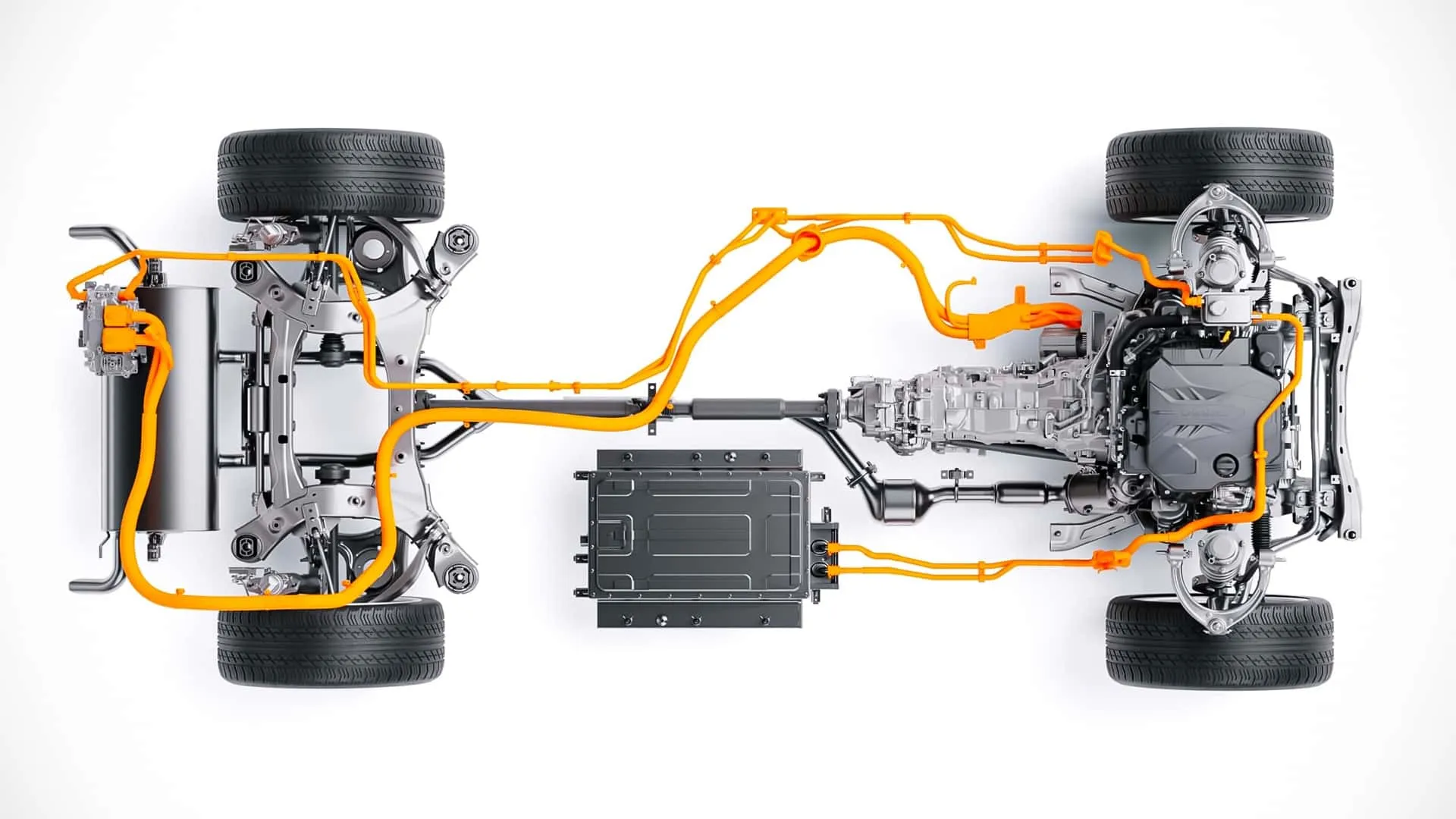
Significant investments support this strategy. One example is the announcement of $1.1 billion in Brazil by 2032, focusing on hybrids, electric vehicles, and green hydrogen, aligning with local incentive programs like MOVER. This demonstrates a robust commitment to electrification in key markets, even with a renewed focus on hybrids.
Simplified Comparison: Hybrid vs. Electric (Overview)
| Feature | Hybrid (HEV/PHEV) | Electric (BEV) |
|---|---|---|
| Power Source | Gasoline + Electricity | Electricity Only |
| Range | Greater (combined) | Limited by battery |
| Refueling | Gas station + Plug (PHEV) | Plug Only |
| Local Emissions | Low/Zero (in EV mode) | Zero |
| Infrastructure | Extensive (fuel stations) | Expanding (charging) |
What to Expect in the Coming Years?
The first model to receive the new technology will be the Hyundai Palisade 2.5 Turbo Hybrid, expected to hit the international market soon, possibly as a 2026 model, according to publications such as Car and Driver. Hyundai confirmed that a version of the system adapted for rear-wheel drive is also in the works, anticipated for 2026, opening doors for Genesis models and perhaps other vehicles from Hyundai/Kia.
The global expansion will encompass various segments. We have already seen confirmations or strong indications of models like the new Kona Hybrid (with a 1.6-liter naturally aspirated engine and electric motor, delivering 141 hp) and the Santa Fe Hybrid (with a 1.6-liter turbo engine producing 235 hp) coming to international markets. Speculations about a plug-in hybrid Tucson (PHEV) with around 265 hp and even hybrid versions of more accessible models are circulating.
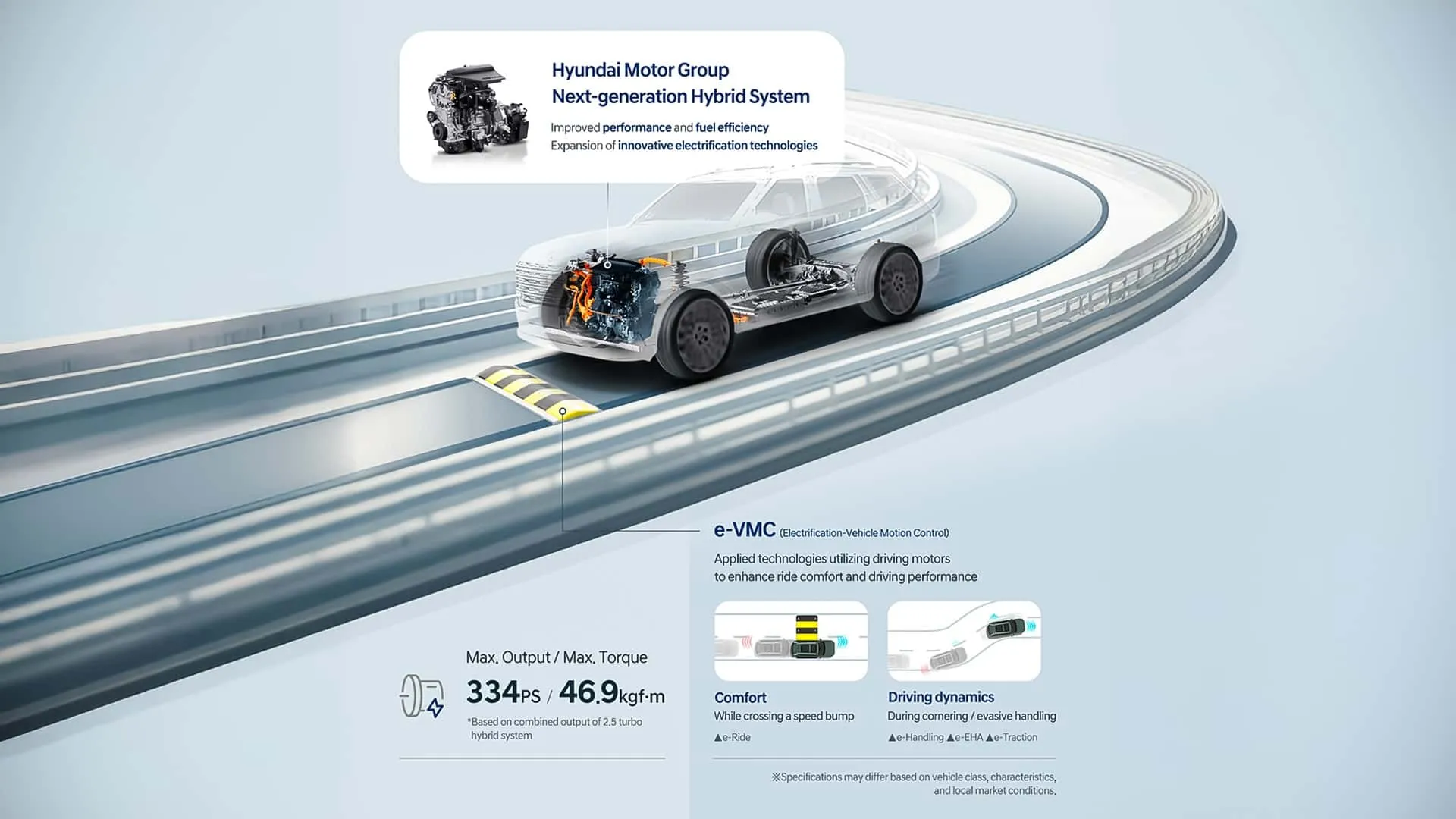
This hybrid offensive demonstrates that Hyundai is tackling multiple fronts, seeking to provide electrified options that cater to different consumer needs and stages of technology adoption, while not entirely abandoning combustion engines but making them far more efficient.
Frequently Asked Questions (FAQ)
- What sets Hyundai’s hybrid system apart? It uses two electric motors integrated into the transmission and modern turbo engines (like the 2.5T) to deliver more power and up to 45% more efficiency.
- Which cars will receive this new system? It starts with the Palisade 2.5T Hybrid and will be expanded to various Hyundai, Kia, and Genesis models, including 1.6T options and rear-wheel drive configurations.
- What is Vehicle-to-Load (V2L)? It’s a function that allows the car’s battery to power external devices, providing up to 3.6 kW of energy.
- Why is Hyundai focusing more on hybrids now? It seems to be in response to a growing demand for hybrids and a slower-than-expected adoption of pure electric vehicles in some markets, offering a smoother transition.
- What is the main advantage for the driver? Expect a smoother, quieter driving experience with quick responses, better fuel economy, and useful features like V2L and Stay Mode.
Observing Hyundai’s movements, it’s clear that the era of electrification isn’t a one-way street. The bet on more advanced and efficient hybrids appears to be a smart strategy for the current state of the global market. It offers the benefits of partial electrification, such as lower consumption and emissions, without the range anxiety or complete dependence on the charging infrastructure that still intimidates some pure electric consumers. The V2L technology and intelligent driving modes are the cherries on top that add real value to daily life. It will be interesting to see how competitors respond and how these new hybrids perform on the streets.
And what do you think of this new generation of hybrids from Hyundai? Do you believe it’s the right path for electrification? Leave your comments below!


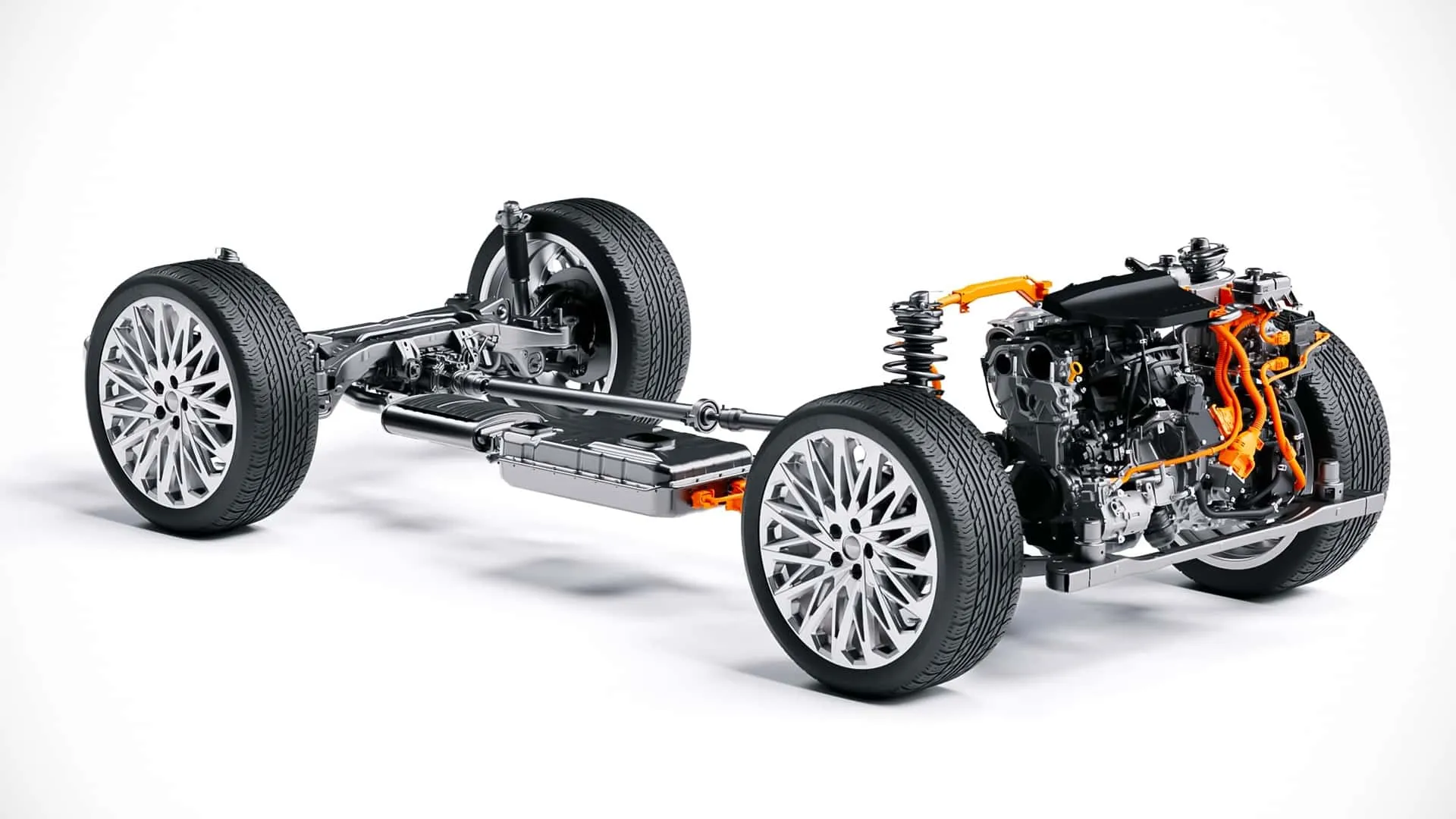
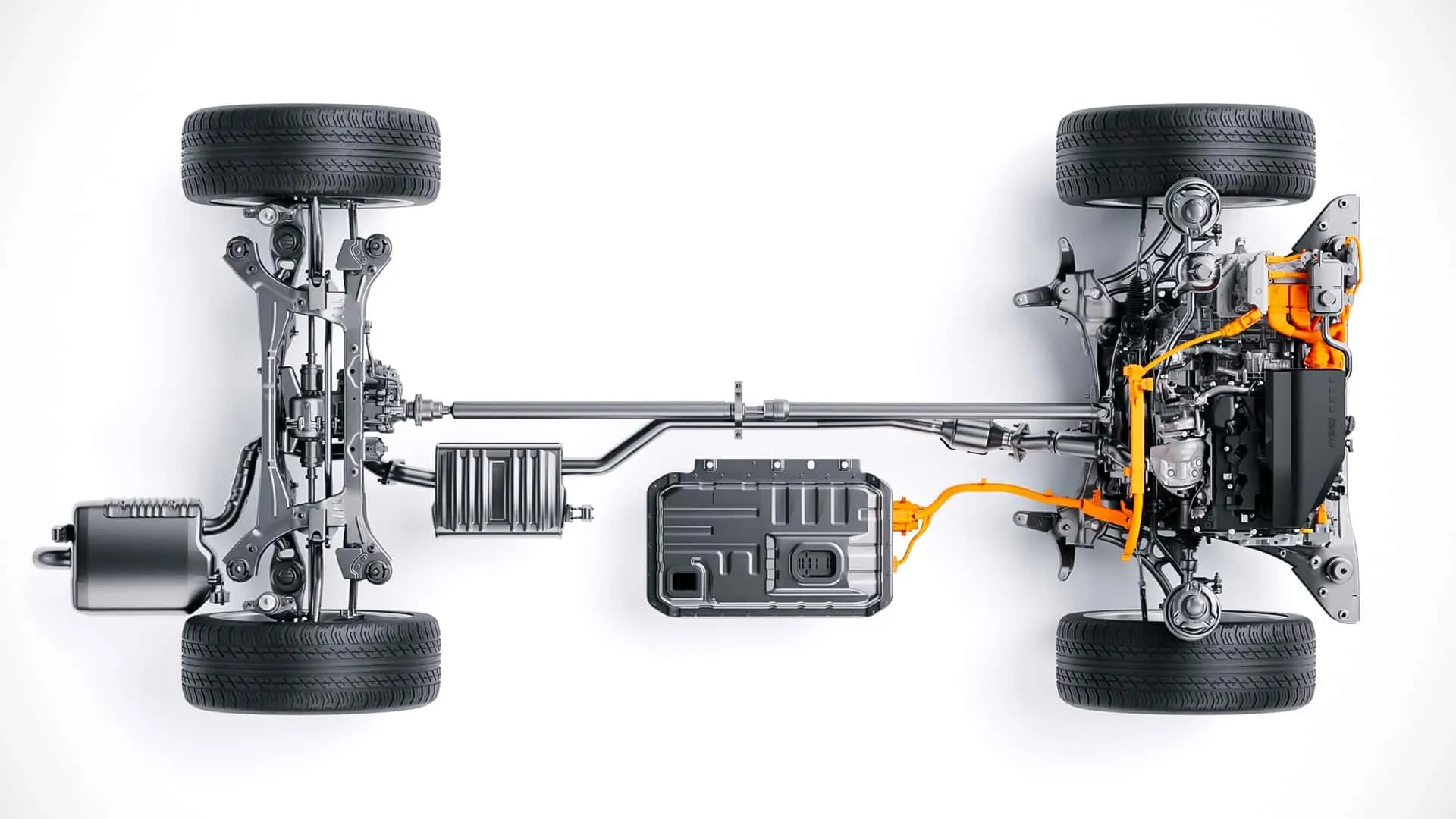

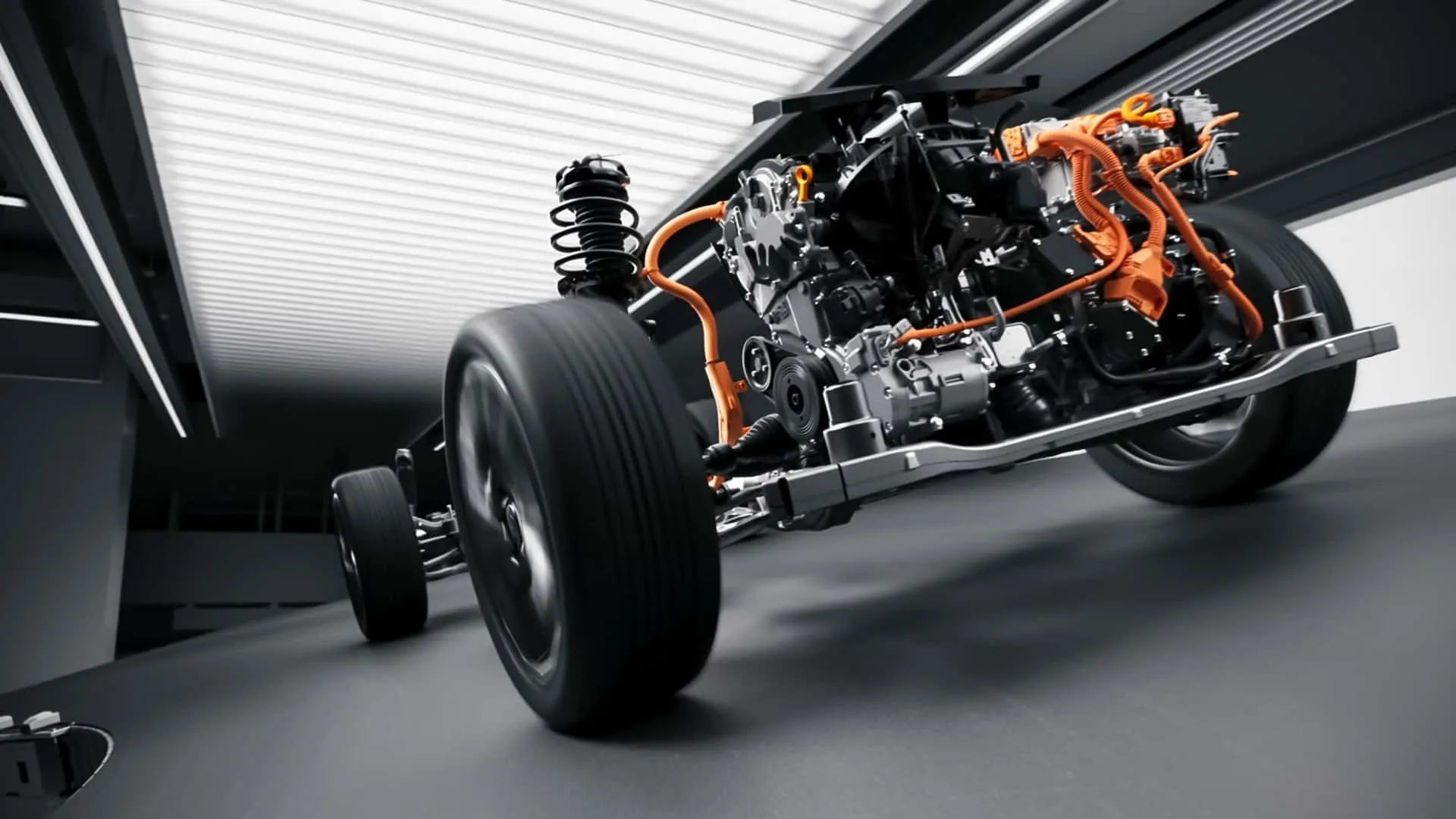
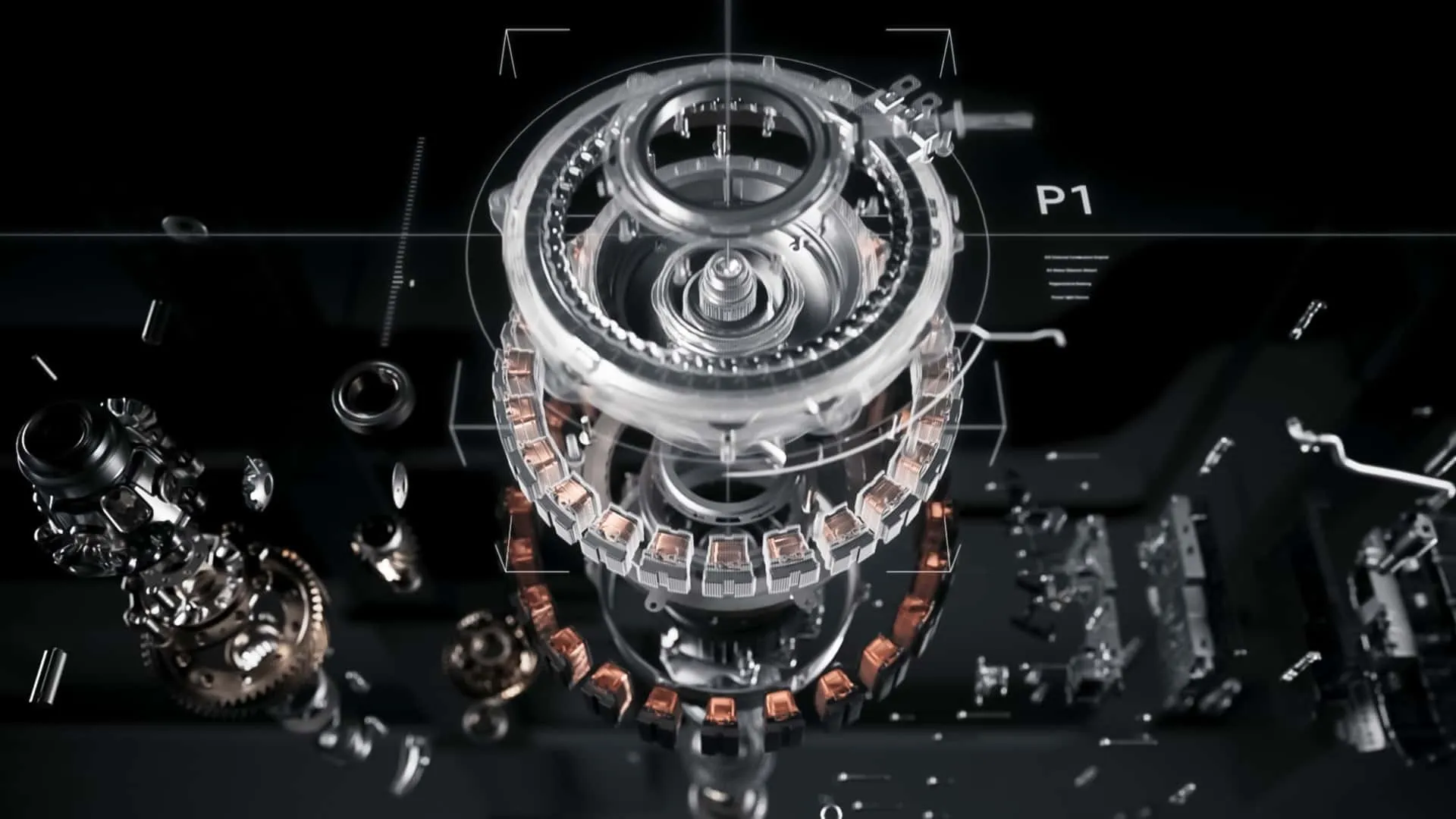
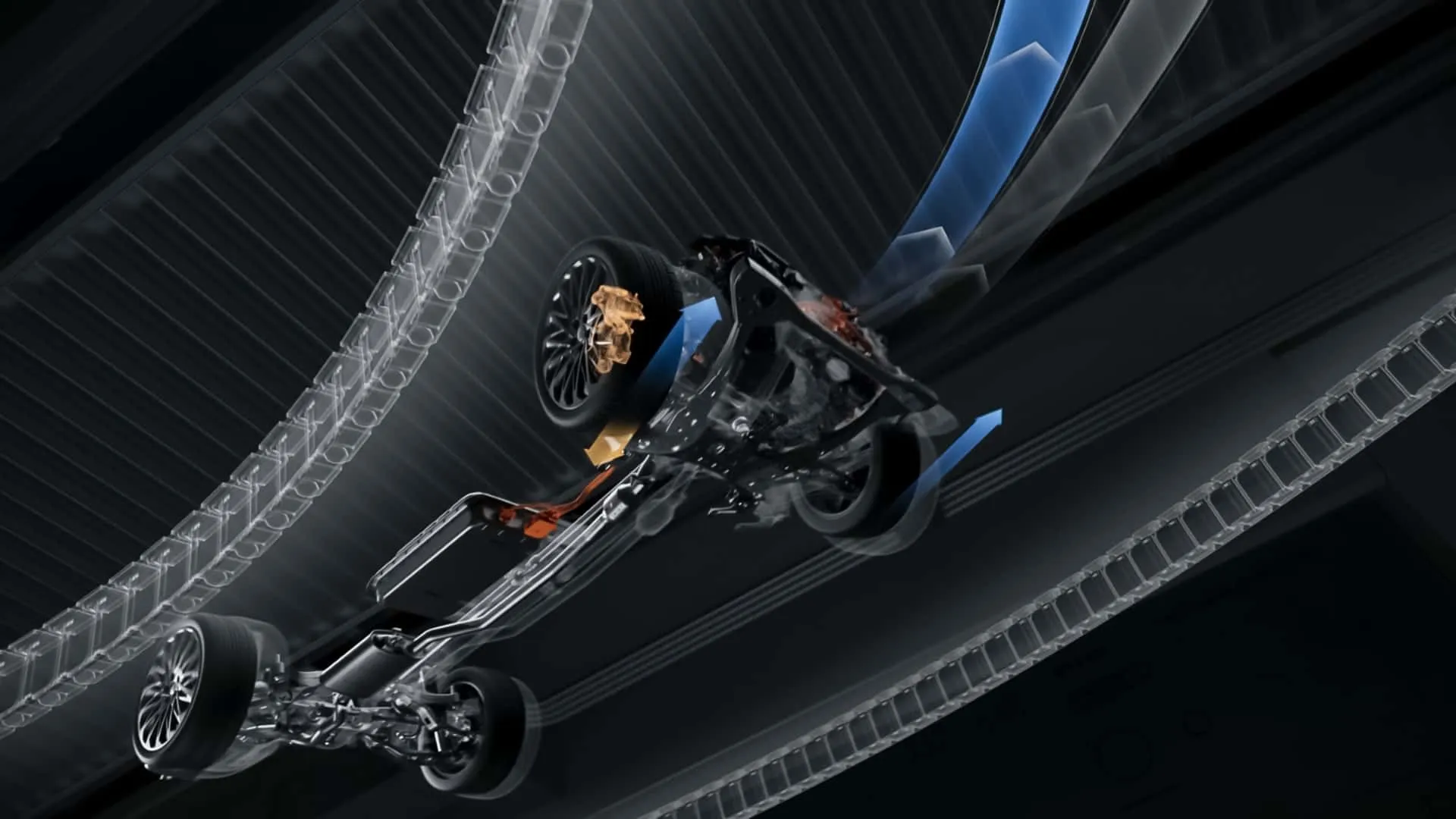

Author: Fabio Isidoro
Fabio Isidoro is the founder and editor-in-chief of Canal Carro, where he has been writing about the automotive world since 2022. Passionate about cars and technology, he began his journey on the HospedandoSites portal and today dedicates himself to creating technical content and comprehensive analyses of national and international vehicles. 📩 Contact: contato@canalcarro.net.br

